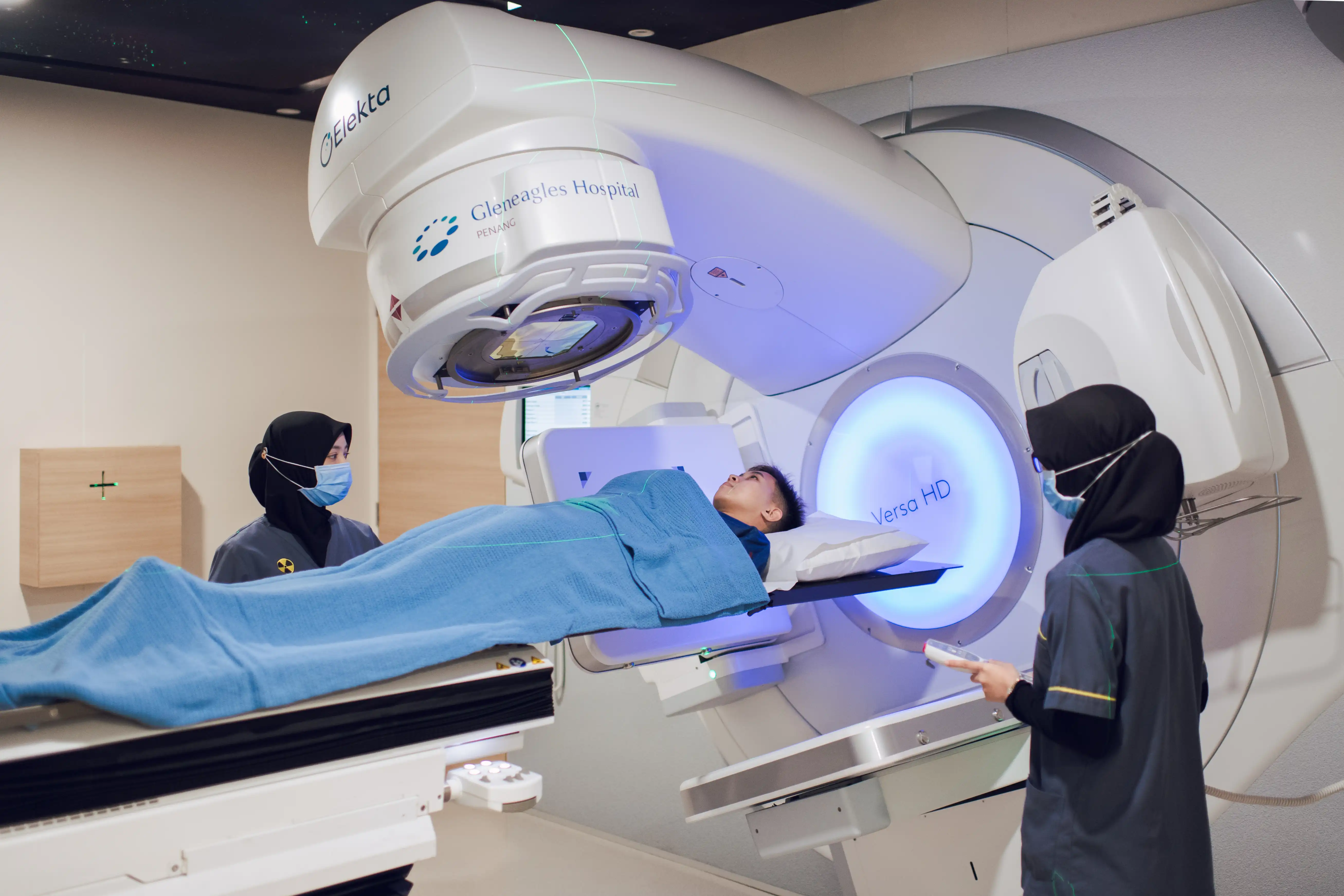What Is Blood Cancer?
Blood is the essence of life; it carries oxygen and nutrients to all organs of the body. Blood helps in healing, and in the fighting of viruses, bacteria, as well as other foreign materials in the body. Healthy blood cells are important for our body to function normally. But for people who have been diagnosed with blood cancers, the production and function of these blood cells are affected.
Blood cancer is a disease that can affect anyone. There are several types of blood cancers, namely leukemia, lymphoma, and multiple myeloma.
Most blood cancers start in the bone marrow, where blood is produced. Bone marrow contains stem cells, which mature and develop into red blood cells, white blood cells or platelets. In most blood cancers, normal cell development is interrupted by the uncontrolled growth of an abnormal type of a particular blood cell.
These abnormal blood cells, which are cancerous, prevent your blood from performing many of its functions, such as fighting off infections or preventing serious bleeding.
What Happens When The Blood And Lymphatic System Is Affected By Cancer?
The major forms of blood cancer are lymphoma, leukaemia, and multiple myeloma. These cancers are formed either in the bone marrow or the lymphatic tissues of the body. The three types of blood cancers all involve an uncontrolled growth of abnormal cells within the blood and bone marrow.
Lymphomas account for approximately 55% of blood cancers, leukaemia about 28%, and myeloma about 14%. Less common forms of blood cancers account for about 3% of cases.
What Are Type Of Blood Cancer?
There are three major types of blood cancer:
The first is leukemia. Leukemia is a cancer that involves white blood cells, which originate from bone marrow and can cause death if left untreated.
Next is lymphoma. Lymphoma is a disease of the lymphatic system that involves the lymph nodes, which are spread throughout all parts of the human body.
The third is multiple myeloma. This is another form of cancer arising from abnormal plasma cells that are unnatural. These cells originate from the bone marrow which results in a weakened immunity body.
What Is Lymphoma?
Lymphoma is cancer that begins in infection-fighting cells of the immune system, called lymphocytes. These cells are in the lymph nodes, spleen, thymus, bone marrow, and other parts of the body. When you have lymphoma, lymphocytes change and grow out of control. Lymphoma is most often diagnosed in people ages 15 to 35 and over age 50.
Lymphomas start in white blood cells called lymphocytes. There are two main types of lymphoma:
- Non-Hodgkin’s lymphoma (more common)
- Hodgkin’s lymphoma
Non-Hodgkin’s and Hodgkin’s lymphoma involve different types of lymphocyte cells. Every type of lymphoma grows at a different rate and responds differently to treatment.
Lymphoma is very treatable, and the outlook can vary depending on the type of lymphoma and its stage. Also, lymphoma is different from leukemia. Each of these cancers starts in a different type of cell. Lymphoma starts in infection-fighting lymphocytes while leukemia starts in blood-forming cells inside bone marrow.
Symptoms Of Lymphoma Include:
- Swollen glands (lymph nodes), often in the neck, armpit, or groin that are painless
- Cough
- Shortness of breath
- Fever
- Night sweats
- Fatigue
- Weight loss
- Itching
What Are The Causes Of Lymphoma?
Cancer is the result of uncontrolled cell growth. The average lifespan of a cell is brief, and then the cell dies. In people with lymphoma, however, the cell thrives and spreads instead of dying. It is unclear what causes lymphoma, but several risk factors are connected with these cancers.
How Is Lymphoma Diagnosed?
A biopsy is typically taken if a doctor suspects lymphoma. This involves removing cells from an enlarged lymph node. A doctor known as a hematopathologist will examine the cells to determine if lymphoma cells are present and what cell type they are.
If the hematopathologist detects lymphoma cells, further testing can identify how far the cancer has spread. These tests can include a chest X-ray, blood testing, or testing nearby lymph nodes or tissues.
Imaging scans, such as a computed tomography (CT) or PET scans may also identify additional tumors or enlarged lymph nodes.
What Are The Treatments For This Blood Cancer?
Chemotherapy is understandably a much-dreaded word among cancer patients. However, there are alternative treatments to deal with blood cancer, namely immunotherapy.
Chemotherapy is a cancer-cell-killing drug. They can either be in infusion or oral medication. Treatment depends on the type of disease. Chemotherapy treatments have side effects because it can attack diseased cells as well as healthy cells.
There is a new form of treatment called immunotherapy. The difference with chemotherapy is that immunotherapy will attack the source of cancer alone, and not attack other cells in the body. Thus, minimizing adverse effects for other organs.
Immunotherapy is a form of cancer treatment that can be used alone, or in combination with chemotherapy, which is the main treatment option.
Lymphoma Prognosis
An individual’s prognosis after a lymphoma diagnosis depends on the stage and type of lymphoma. Many types of lymphoma are treatable and highly curable.
Some types of lymphoma are also slow-growing, or indolent. In this case, doctors may choose not to treat it because the prognosis, even with the lymphoma, is still good in the long-term picture.
The five-year survival rate for stage 1 Hodgkin’s lymphoma is 90%; for stage 4, is 65%. For Non-Hodgkin’s lymphoma, the five-year survival rate is 70%; the 10-year survival rate is 60%. The earlier it is treated, the higher the chances of recovery.












